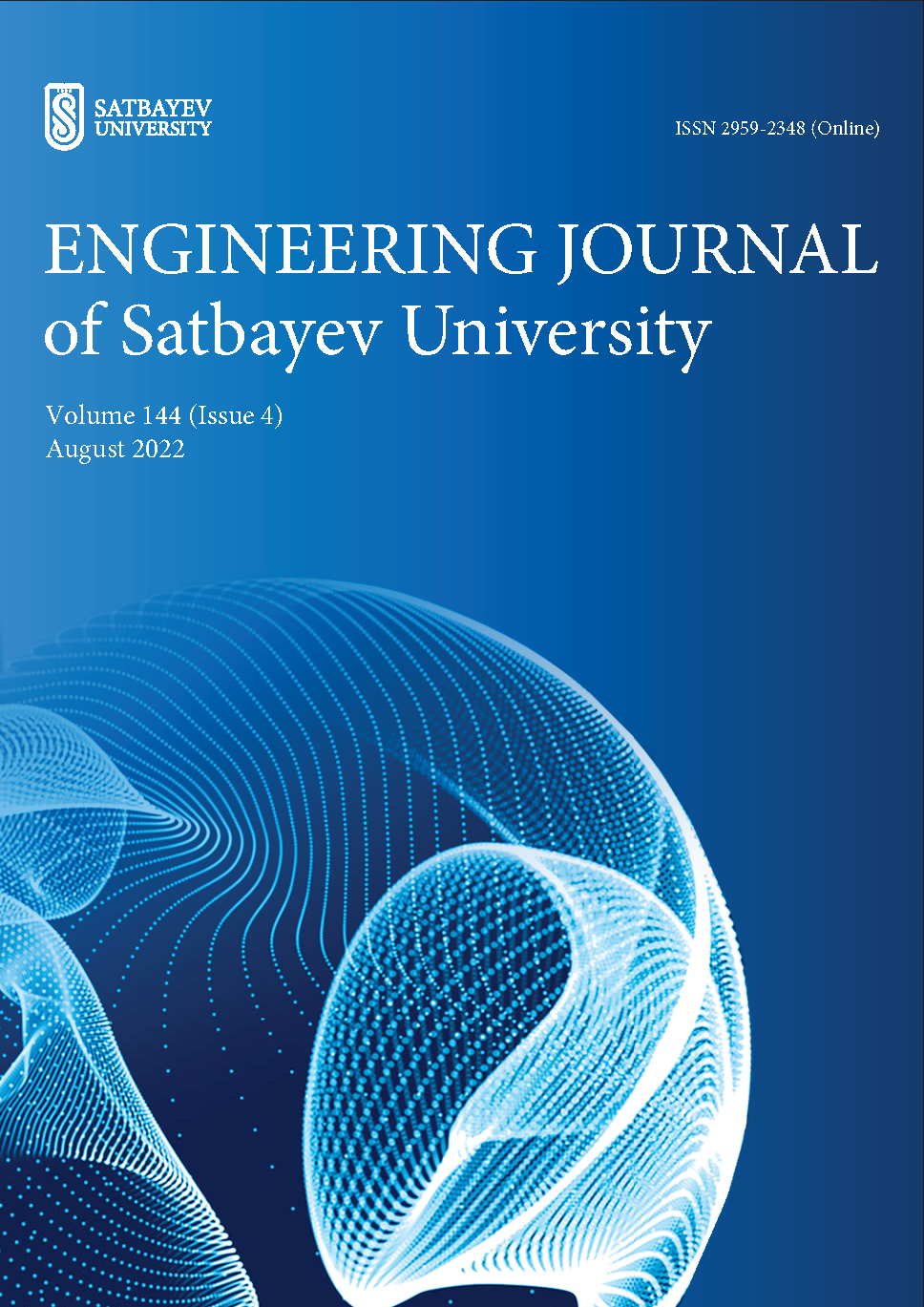Pecularities of the switching and memory effect in bismuth-doped radiation-resistant GE2SB2TE5 nanoscale films
DOI:
https://doi.org/10.51301/ejsu.2022.i4.01Keywords:
radiation resistance, ion-plasma spraying, nanoscale film, atomic structure, phase transition, switching effect, memoryAbstract
The physics and technology of noncrystalline materials is one of the rapidly developing areas of condensed matter physics, materials science, and nanotechnologies. Among the variety of materials with a non-crystalline structure, a special place is occupied by the class of chalcogenide glassy semiconductors (CGS) with unique properties and phenomena, such as the switching effect, photostructural transformations. The switching effect is observed in thin CGS films and is associated with a fast-reversible phase transition of the structure from the glassy state to the crystalline state under the action of voltage pulses or laser radiation. Based on this effect, a separate class of information carriers has been formed for non-volatile storage devices such as PCM (Phase Change Memory) with high performance and reliability. Materials for use in PCM devices are CGSs of complex compositions lying on the GeTe-Sb2Te3 quasi-binary boundary, and thin films of Ge2Sb2Te5 composition are the most promising for use in PCM devices. The ability to control the electronic properties of such functional materials based on CGS significantly expands the scope of their application and is an important scientific and practical task, since traditional methods for purposefully changing the electronic properties of crystalline semiconductors, such as doping during synthesis or the thermal diffusion method, turned out to be ineffective for CGS. Impurities introduced into CGS at low concentrations by the methods indicated above usually do not show electrical activity, since they are compensated by their charged structural defects, and an increase in the impurity concentration leads to significant crystallization. In this work, the atomic composition of Ge2Sb2Te5 nanosized films with a bismuth content of more than 12 at.%, obtained by ion-plasma deposition in the direct current mode, was studied by the method of energy dispersive analysis using a scanning electron microscope. In addition, the current–voltage characteristics of the samples were measured. It has been found that the transition voltage and the time, which characterize the switching and memory effects, depend significantly on the film thickness and composition. The addition of bismuth reduces the film switching time. A decrease in the film thickness leads to a decrease in the threshold voltage Uth and the switching time. We believe that the results of this work are useful for the development of optical memory based on phase change materials.
Downloads
Published
How to Cite
Issue
Section
License
Copyright (c) 2023 Engineering Journal of Satbayev University

This work is licensed under a Creative Commons Attribution-NonCommercial-NoDerivatives 4.0 International License.
<div class="pkpfooter-son">
<a rel="license" href="http://creativecommons.org/licenses/by-nc/4.0/"><img alt="Creative Commons License" style="border-width:0" src="https://i.creativecommons.org/l/by-nc/4.0/80x15.png"></a><br>This work is licensed under a <a rel="license" href="http://creativecommons.org/licenses/by-nc/4.0/">Creative Commons Attribution-NonCommercial 4.0 International License</a>.
</div>





